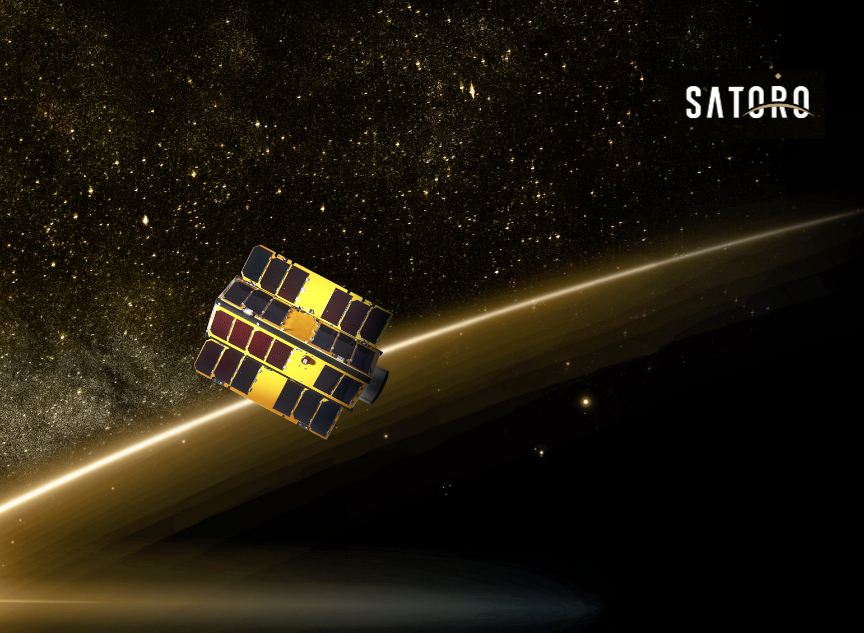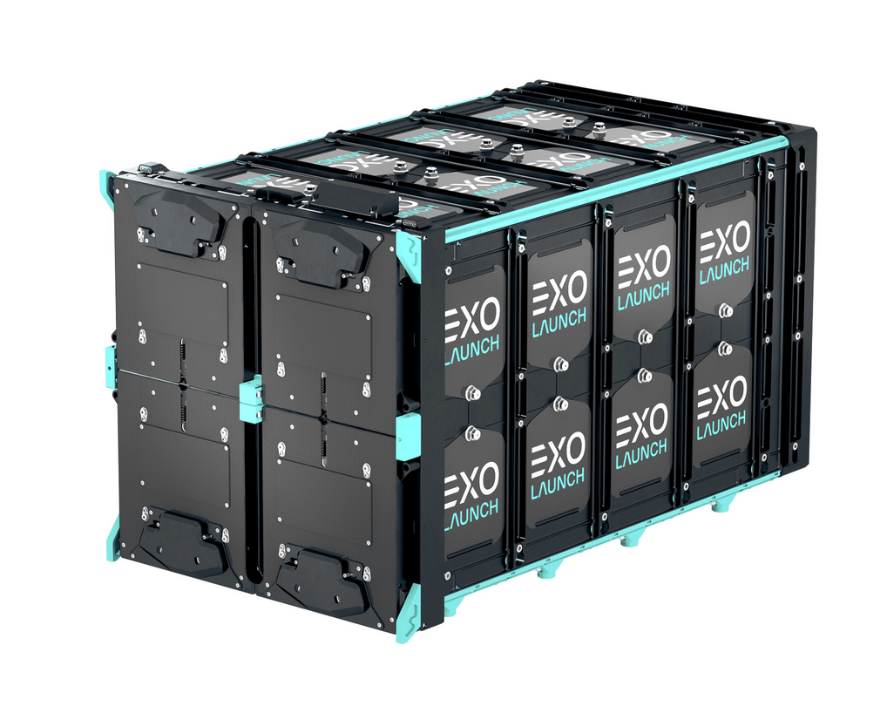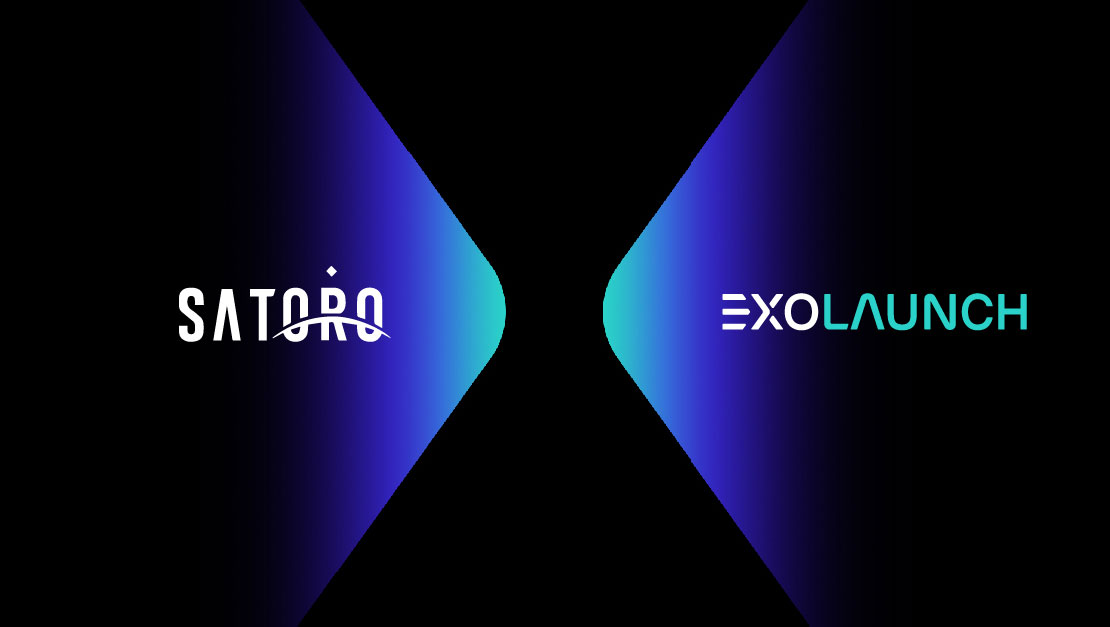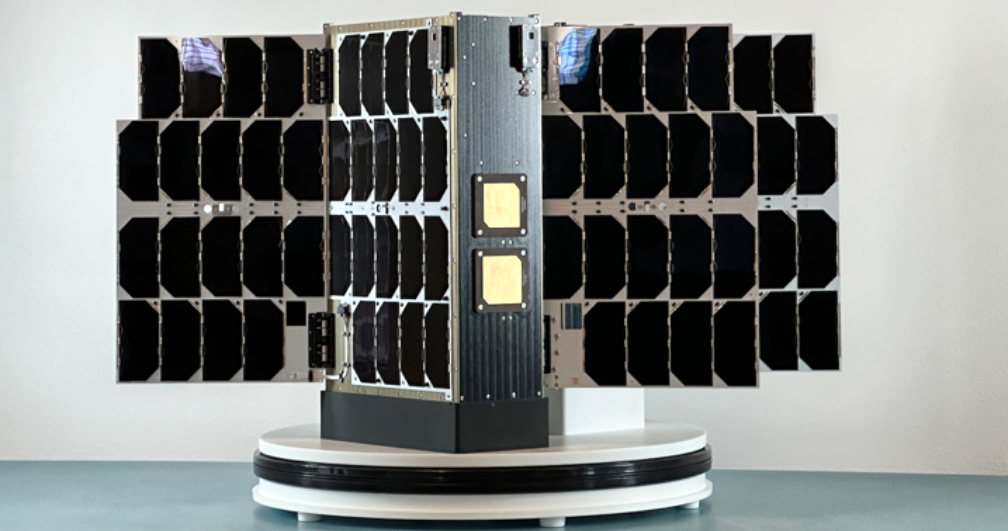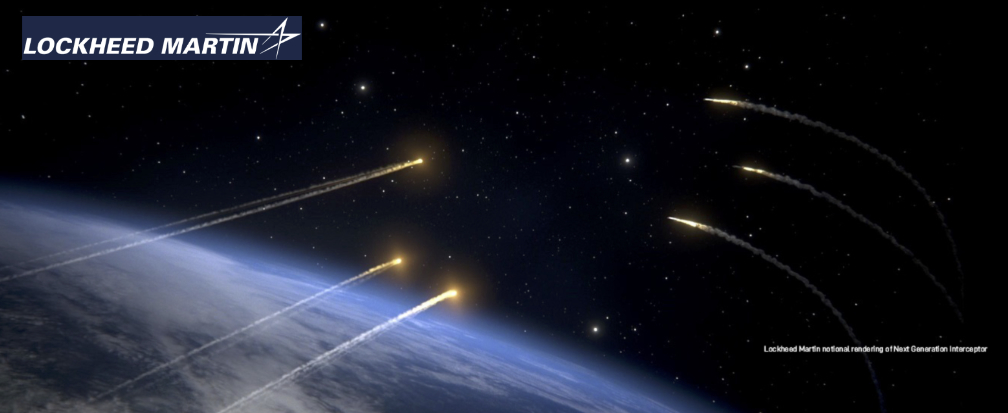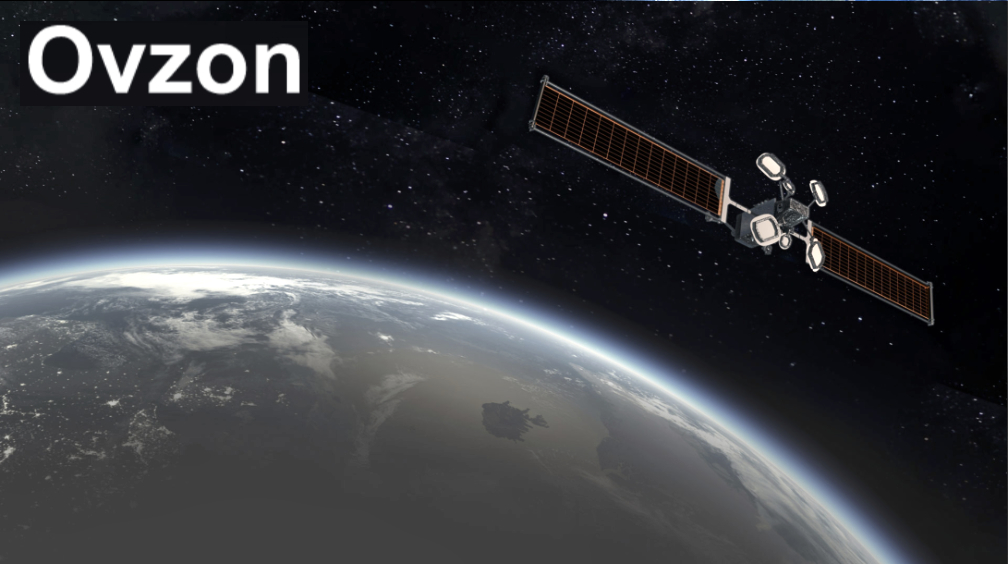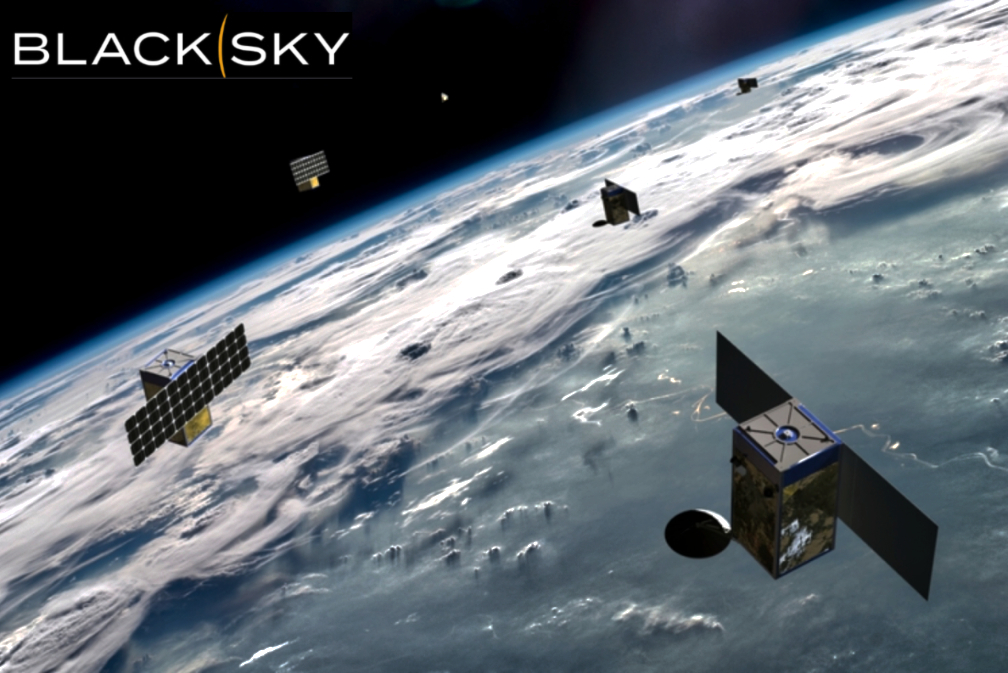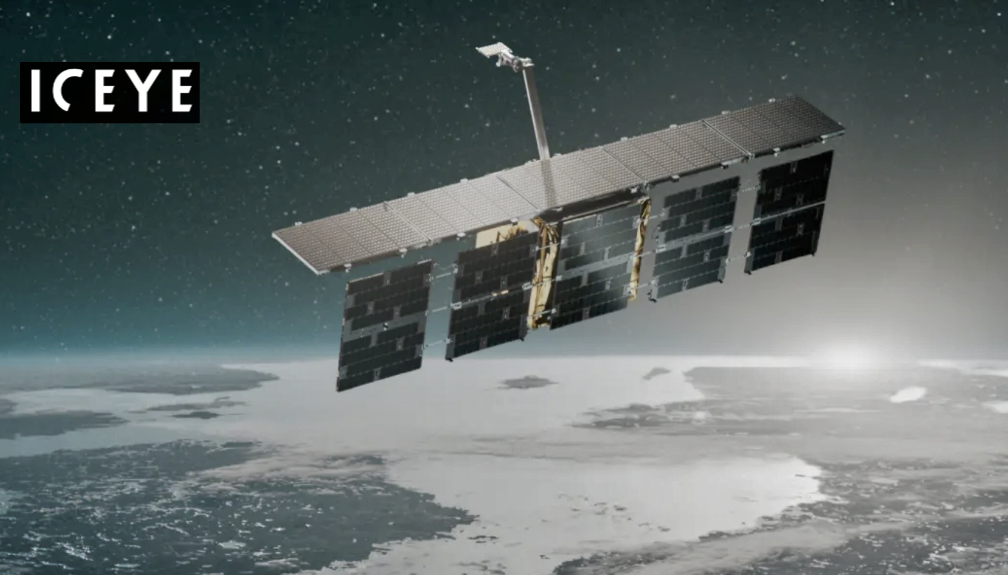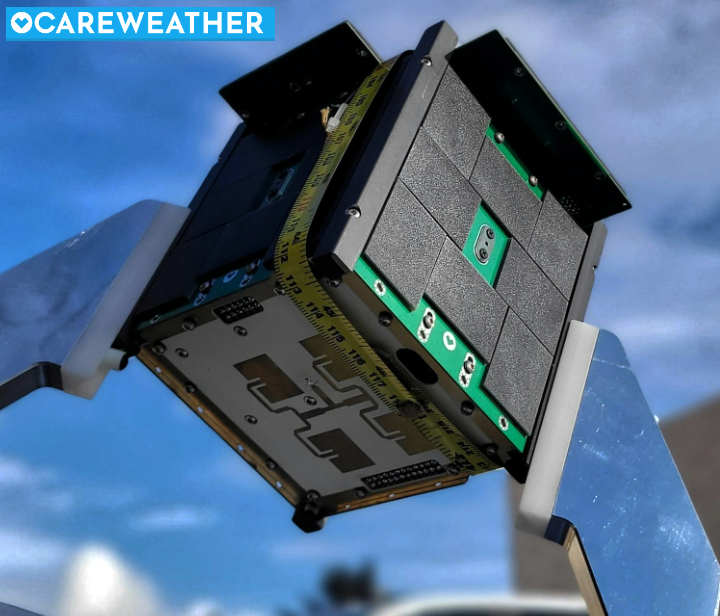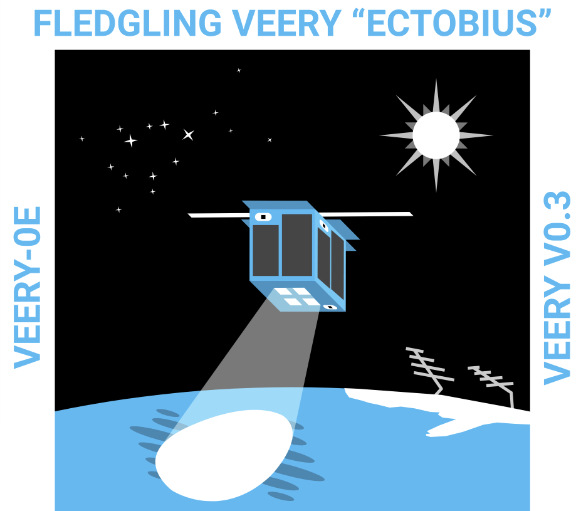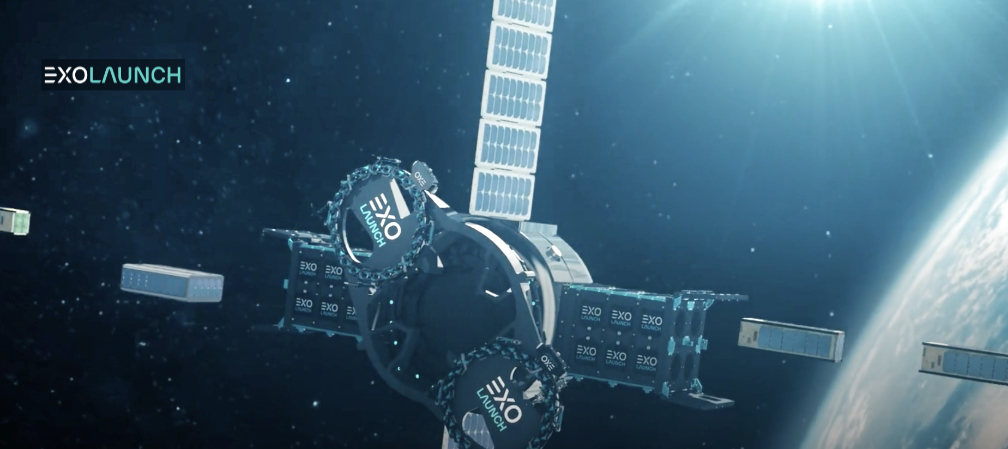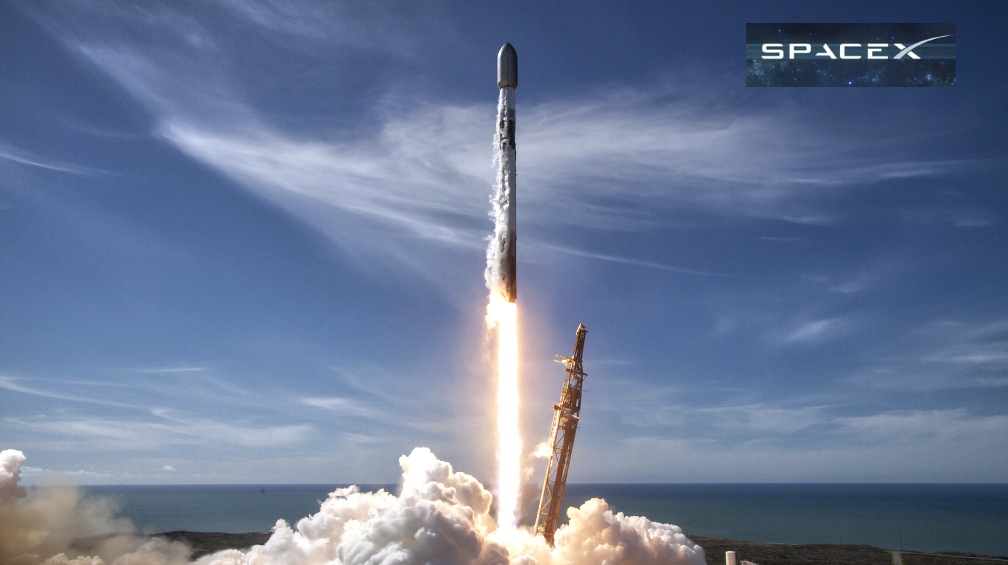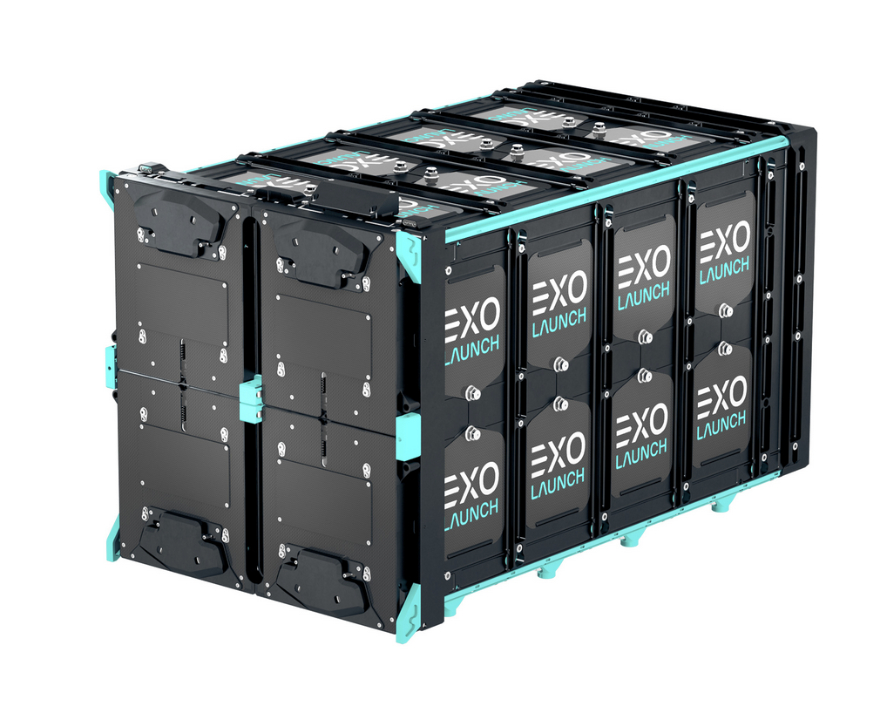
Umbra has announced the forthcoming release of imagery from the firm’s tandem pair of Synthetic Aperture Radar (SAR) smallsats.
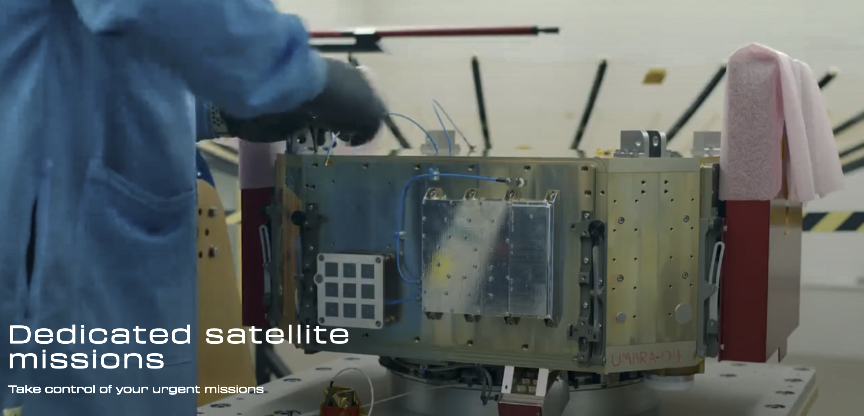
Umbra is set to provide customers with bistatic SAR data later in 2024. The monumental launch of Umbra’s first tandem pair of satellites, Umbra-07 and Umbra-08, aboard the SpaceX Transporter-9 mission on November 9, 2023, marked a significant leap in SAR imaging.
With eight satellites currently on-orbit, Umbra plans to deploy the remaining satellites in its licensed, 32-satellite constellation in strategically designed pairs. Operating satellites in a cluster formation facilitates multi-static collection and other integrated operations, offering distinctive phenomenology and inherent resilience.
This innovative approach opens the door to various applications, including Intelligence Surveillance Recognizance (ISR) capability, elevation modeling, imaging resilience, and the implementation of moving target indication techniques.
Umbra’s development of the technology necessary to automate formation flying and multi-static data processing has been dramatically accelerated by the Defense Advanced Research Projects Agency (DARPA) over the past year, which selected the company as a partner for its Distributed Radar Image Formation Technology program.
With the unique ability to capture images at day/night, all-weather capable, Umbra’s SAR satellites are indispensable for monitoring change. Umbra’s high-performance SAR satellites deliver the highest quality SAR data at unprecedented volumes and area density, enabling the U.S. Government, its allies, and commercial partners with actionable, all-weather insights.
Jason Mallare, Vice President, Global Solutions, said, “The ability to operate spacecraft in coherent pairs is an important step in unlocking the novel promises of cluster operations. The scaling up from one to many, with highly affordable individual satellites, enables clustered flight with the potential for proliferation of truly resilient systems that offer tremendous traditional and full spectrum capabilities.”
About Umbra
Umbra is a vertically integrated space technology company that offers intelligence data as a service to commercial and government customers. Our cutting-edge products help customers solve complex business, environmental, and security challenges. Umbra is founded, funded, built, and operated in the USA with headquarters in Santa Barbara, California, and has a presence in Austin, Texas, and Washington, D.C.


